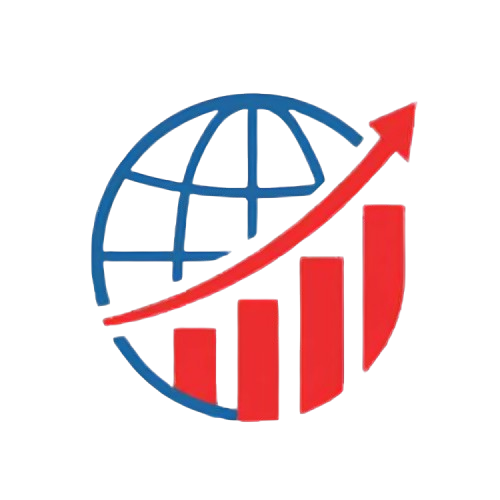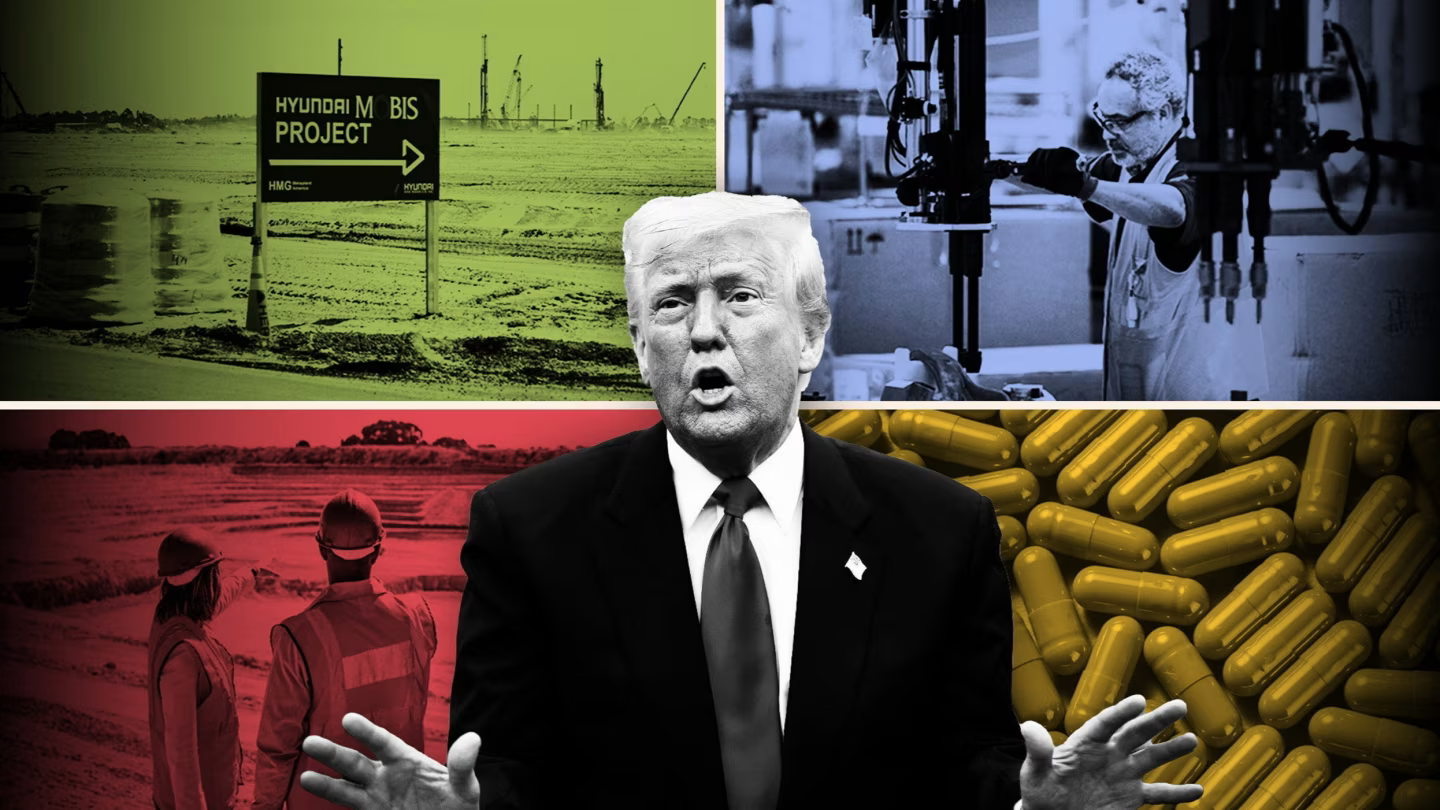Despite these economic speed bumps, the S&P 500 Index is up nearly 8% so far this year. How long this rise can continue depends on whether the fundamental strength of the U.S. economy can withstand the wrenching transformation to the global trading system that President Trump has forced.”
Economics textbooks maintain “that stock prices reflect the future stream of a company’s profits on any given day.” Yet, “over the past several weeks, more companies than usual reported second quarter results that beat market expectations, and analysts have even slightly raised their estimates for the next three months.”
Market valuations now stand “higher than historical averages (about 22 times forward earnings)”—a figure bulls say includes “those transformative tech firms that will reap handsome rewards from the artificial intelligence revolution.”
Growth, Recovery, and Pandemic Legacy
For an economy that “has grown on average 2.8% for the last five years, recovering nicely from COVID 19 lockdowns, powering through the sharpest interest rate increases in 40 years, and still going strong,” some point to “generous checks and rock bottom interest rates following the pandemic” as part of the explanation for this resilience.
Still, “stocks are all about future expectations, and none of this history reveals much about the impact of the Trump Administration’s dramatic policy departures.”
Tariffs, Taxes, and Deregulation
The “One Big Beautiful Bill” secured “lower corporate tax rates and delivered a massive boost to defense spending, adding some $3.4 trillion to the deficit over the next decade, according to the Congressional Budget Office.” While the administration projects that “growth rates will be more than 1% higher over the next four years,” many independent economists “expect more headwinds from tariffs than tailwinds from tax cuts and deregulation.”
The IMF recently “raised global growth forecasts to 3.1% this year but doesn’t expect more than 2% in the U.S. in 2025 or 2026.”
Alos Read: I’m with Trump: US Jobs Reports Are Wildly Misunderstood
Tariffs as a Stealth Tax
“Tariffs represent a large stealth tax increase as average rates rise from 2.5% to nearly 20%.” With imports making up “just over 10% of the economy,” some companies may absorb costs, but “the $300 billion in tariff revenues that Treasury Secretary Scott Bessent expects this year will be paid by Americans.”
“Worse than this one off blow… is the lingering uncertainty for investors and corporate strategists.” Even as tariffs went into effect Aug. 7, “crucial details of the deals” remain unclear. Trump has also “promised more tariffs on pharmaceuticals and semiconductors,” and his “Truth Social” threats to impose tariffs as political leverage add further instability.

China, Deadlines, and Diplomatic Tension
Chinese imports face the risk of “tariffs snap[ping] back to 145% if the current truce is not extended beyond Aug. 12.” While negotiators hinted at an extension, “the White House walked back this suggestion.” The relationship remains fragile—“it doesn’t take much more than a weather balloon to derail” talks.
Investor Psychology and the Fed Factor
Markets initially reacted with “a simultaneous sell off of U.S. stocks, treasury bonds, and the dollar” to Trump’s “Liberation Day” tariff announcements in April. But “today’s rocketing stock prices suggest investors believe the economy can handle higher costs and persistent uncertainty. Or they believe the Fed will be cutting rates soon.”
The Real Test Ahead
“The real test will come in the fall when goods with their new post tariff price tags start arriving in stores.” Key questions remain:
- “Will they bring another burst of inflation that the Fed has to fight with delayed rate cuts?”
- “Could they damage the holiday spirits of American shoppers and raise the risks of recession?”
- “Still worse, might we see both?”
If geopolitical tensions escalate, “it could be a burst of 1970s style ‘stagflation’ that does the trick.




